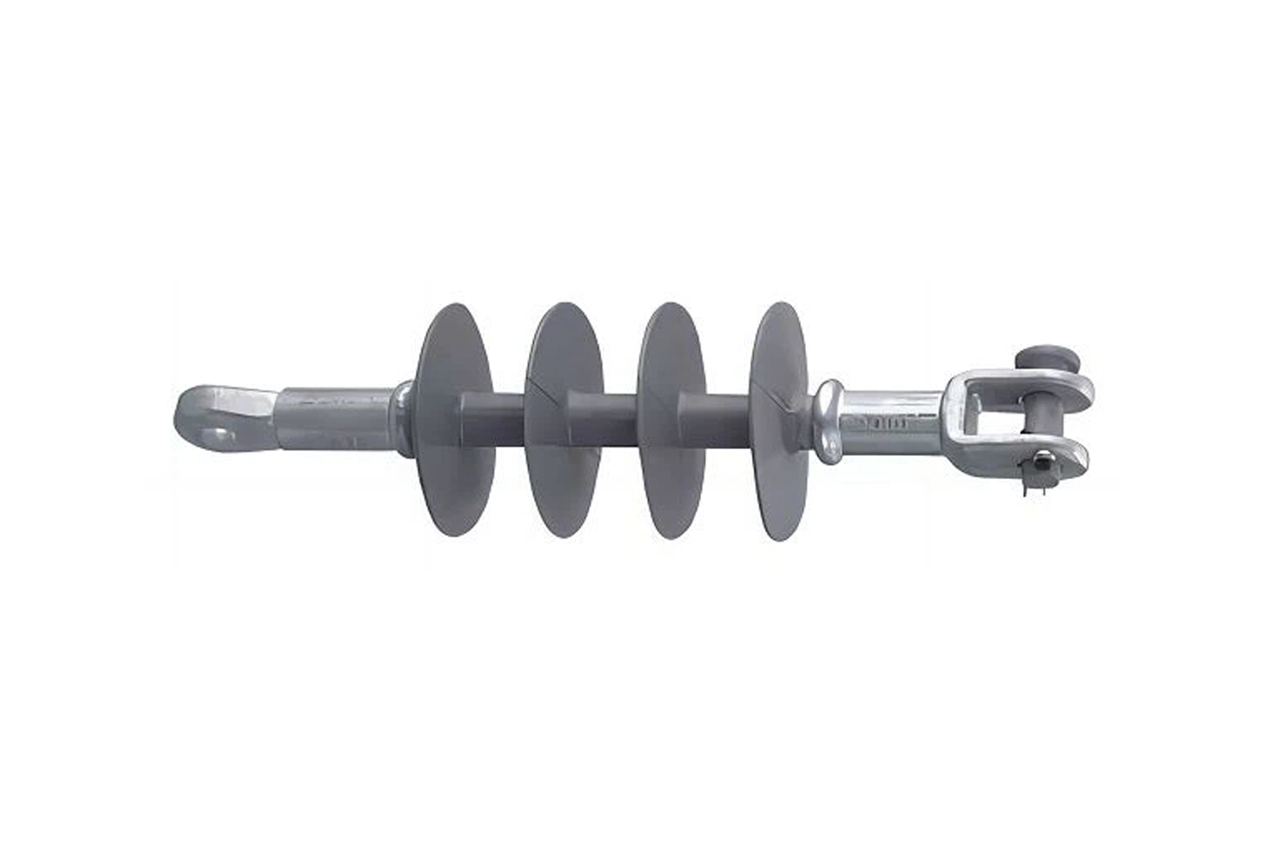As an 11kV surge arrester supplier, I’ll clarify residual voltage—the critical parameter defining surge protection efficacy.
1. Definition & Role
Residual voltage is the voltage remaining across the arrester during surge current diversion to ground.It determines the maximum voltage exposure of protected equipment (e.g., transformers, switchgear).
Lower residual voltage = better equipment protection.
2. Typical Values for 11kV Arresters
Under standard 10kA (8/20μs) impulse current: 30 kV to 35 kV.
Varies with:
- Surge current magnitude: Higher currents increase residual voltage (e.g., 40kA surges may elevate it to 45–50 kV).
- Waveform steepness: Faster rise times (e.g., 1μs) may marginally increase residual voltage.
3. Why It Matters
Exceeding equipment Basic Insulation Level (BIL) causes insulation failure.
Example: A 30kV residual voltage protects equipment rated for 35kV BIL but risks damaging 25kV BIL devices.Low residual voltage arresters minimize equipment stress during lightning/switching surges.
4. Factors Influencing Residual Voltage
- Metal-Oxide Varistor (MOV) Quality:High-purity zinc oxide granules reduce residual voltage by improving nonlinear conductivity.
- Arrester Design:Multi-column MOV stacks distribute current, lowering residual voltage vs. single-column designs.Internal grading rings homogenize electric fields.
- Temperature:High ambient temperatures (>40°C) may increase residual voltage by 3–5%.
5. Design Optimization
Our 11kV arresters achieve low residual voltage through:
- MOV Selection: Precision-tested discs with high energy absorption (>15 kJ/kV).
- Sealed Housing: Silicone rubber prevents moisture ingress, maintaining stable performance.
- Electromagnetic Simulation: Optimizes geometry to reduce inductance-induced voltage spikes.
6. Testing & Validation
Per IEC 60099-4:
- Impulse Current Tests: 10kA, 20kA, and 40kA surges verify residual voltage stability.
- Long-Duration Current Tests: Simulate switching surges; ensure no performance degradation.
- Thermal Stability: Post-test leakage current monitored at elevated temperatures.
Comparison with Higher-Voltage Arresters
Arrester Rating | Residual Voltage (10kA, 8/20μs) |
11kV | 30–35 kV |
24kV | 55–60 kV |
36kV | 80–85 kV |
Application Guidance
- Lightning-Prone Areas: Select arresters with residual voltage 10–15% below equipment BIL.
- Sensitive Electronics: Pair with low-residual-voltage models (e.g., <30kV for 11kV systems).
- Retrofits: Verify existing equipment BIL before replacing older arresters.
Conclusion
For 11kV surge arresters, 30–35 kV is the typical residual voltage under standard 10kA surges—achieved through MOV optimization, robust design, and rigorous testing. This ensures reliable protection for distribution transformers, switchgear, and cables.
For higher-voltage systems, explore our 24kV or 36kV Surge Arresters. Contact us to match arrester specifications to your system’s BIL and environmental needs.
References
- IEC 60099-4:2014 (Surge Arrester Requirements & Tests)
- IEEE Std C62.11-2020 (Metal-Oxide Arrester Standards)
- Surge Protection in Power Systems(Prasad, R.)
- GB 11032-2020 (AC System Metal-Oxide Arresters)





